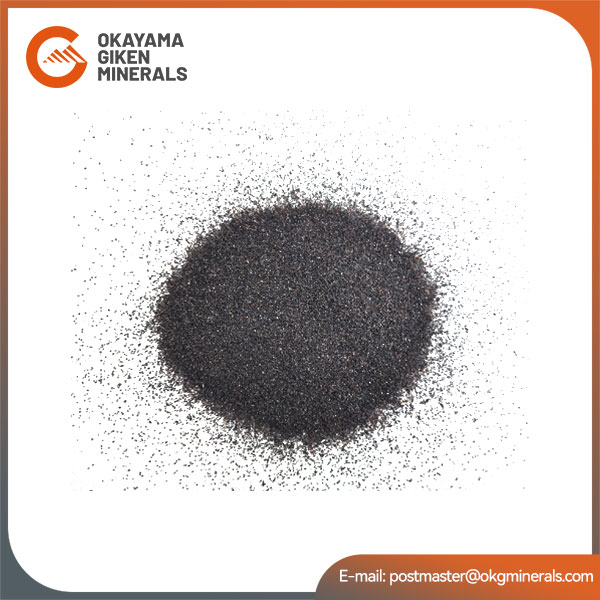
When it comes to abrasives, everyone will think of which abrasive has the highest hardness and the range of each abrasive. Relatively speaking, everyone has come into contact with more finished products, but knows very little about raw materials. So what is the difference between the commonly used white corundum, brown corundum, and red corundum? Today, let Okayama Giken (Minerals) Co., Ltd. analyze the differences in detail!
1. What is white corundum?
White corundum is made of industrial alumina powder as raw material. It is melted in an arc at a high temperature of more than 2000 degrees and then cooled. It is crushed and shaped, magnetically separated to remove iron, and sieved into various particle sizes. It has a dense texture, high hardness, and sharp corners.
2. Characteristics of white corundum
White corundum is refined and crystallized by electric melting. It has high purity, good self-sharpening, acid and alkali corrosion resistance, high temperature resistance, and stable thermal performance. White corundum has a slightly higher hardness than brown corundum, but a slightly lower toughness. It has high purity, good self-sharpening, strong grinding ability, low heat generation, high efficiency, acid and alkali corrosion resistance, and good high temperature thermal stability.
3. Scope of application of white corundum White corundum is suitable for the manufacture of ceramics, resin-bonded abrasives, grinding, polishing, sandblasting, precision casting (special corundum for precision casting), etc. It can also be used to manufacture refractory materials. It is suitable for surface beautification of various products, crafts or hardware products. After sandblasting, the surface is white and free of any impurities, eliminating the trouble of cleaning. Fine white corundum can be used as the first polishing and grinding.

1. What is brown corundum?
Brown corundum, also known as diamond sand, is a brown artificial corundum made by melting and reducing three raw materials of bauxite, carbon material and iron filings in an electric furnace. Therefore, the main chemical composition of brown corundum is AI203, with a content of 94.5%-97%, and a small amount of Fe, Si, Ti, etc.
2. Characteristics of brown corundum
During the application process, it has the characteristics of non-explosion, non-powdering and non-cracking. In particular, its cost-effectiveness is far higher than that of traditional brown corundum, making it an aggregate and filler for brown corundum refractory materials.
3. Scope of application of brown corundum
Brown corundum granular sand is made of artificially selected brown corundum blocks, processed by roller, ball mill, Barmack and other equipment, with a particle size of F8-F325. It is mainly used for polishing, grinding, industrial grinding, etc. It can also be processed by water washing, pickling and other methods according to customer requirements to meet the different needs of customers.

1. What is red corundum?
The main component of red corundum is α-alumina, also called chrome corundum, ruby. Most of the red corundum on the market now is artificial red corundum.
2. Characteristics of red corundum:
Red corundum is made by adding 22% chromium to white corundum and melting it in an electric arc furnace. The color is purple-red. The hardness is slightly higher than that of brown corundum, similar to that of white corundum, and the microhardness can be 2200-2300Kq/mm2. The toughness is higher than that of natural corundum and slightly lower than that of brown corundum.
3. Scope of application of red corundum
The abrasive tools made of it are suitable for grinding high-carbon steel, high-speed steel and thin-walled parts. The abrasive can also be used as grinding, polishing materials, precision casting sand, spraying materials, chemical catalyst carriers, special ceramics, refractory materials, etc.
Mainly from the perspective of hardness and toughness:
Hardness: white corundum>red corundum>brown corundum
Toughness: brown corundum>red corundum>white corundum.
In addition to its high hardness, white corundum will not bring in color during grinding, and is particularly suitable for grinding some metal products with higher requirements. Brown corundum is an ordinary corundum series grinding sand. Red corundum is between the two.